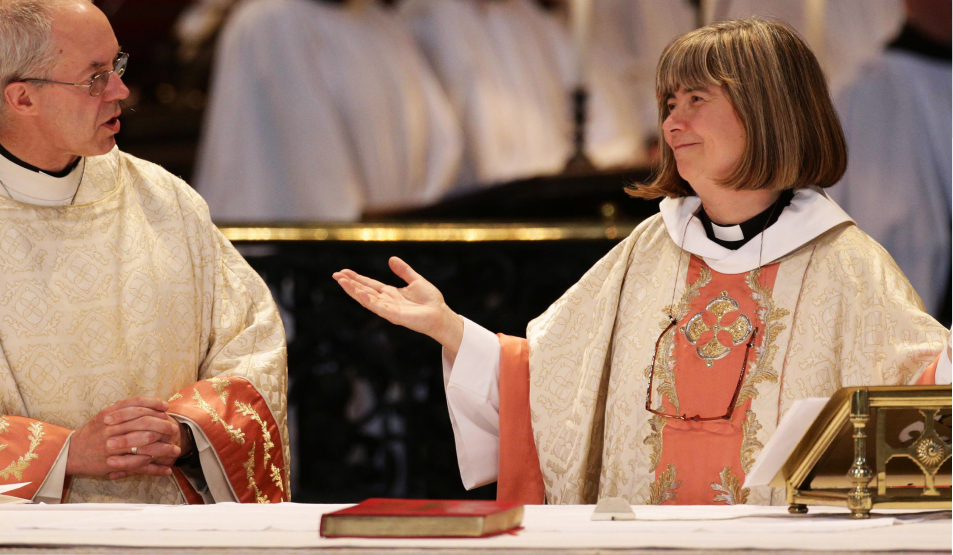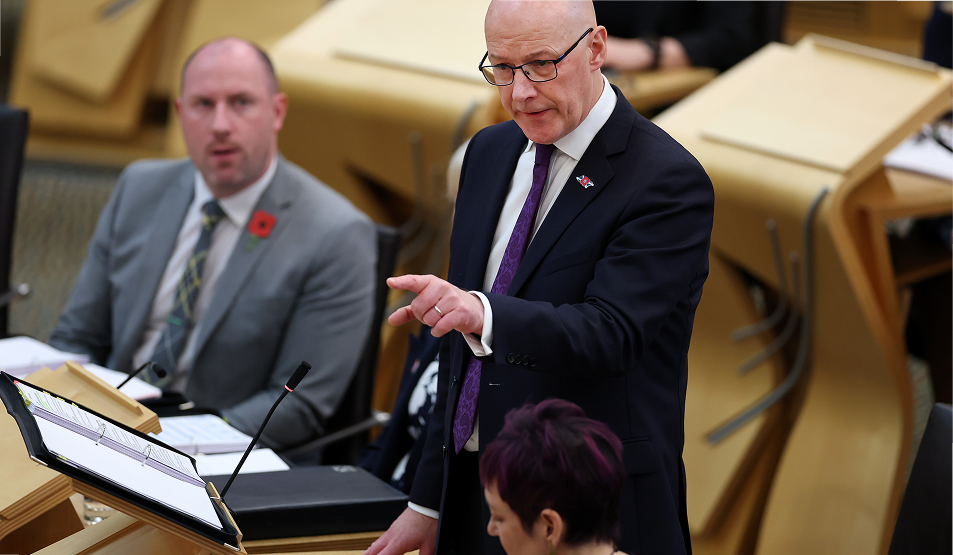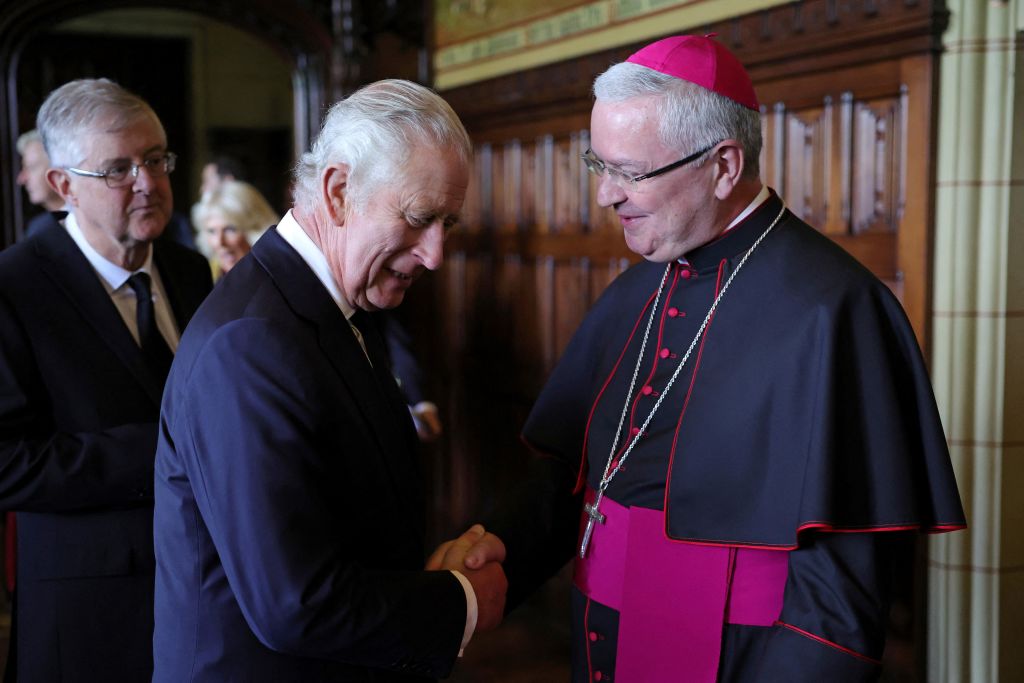Earlier this month, news outlets reported that Westminster Cathedral had become a hotspot for the selling of hard drugs.
Worshippers reported witnessing drug deals during Holy Mass and in the side chapels around the cathedral. It also appeared that the alcoves outside the cathedral were being used as meeting points for dealers and consumers.
The Daily Mail and the Metro also released photos of alleged drug deals taking place on the steps of the 19th-century cathedral.
The drug dealing appears to be catering to the cohort of street homeless people who are disproportionately represented in Westminster, where the cathedral is situated. The London borough contains many of the capital’s historic landmarks, including the Houses of Parliament, Big Ben, Buckingham Palace and Westminster Abbey. While real estate in the area remains prohibitively expensive for most of the UK population, it also attracts large numbers of homeless people seeking financial assistance.
Within 500 yards of England’s premier Catholic church, five organisations work to combat homelessness. Among them is Passage House, a shelter with 37 beds run by the diocese, of which Cardinal Vincent Nichols, Archbishop of Westminster, is patron.
The cathedral has responded to the allegations by saying that there had been “no direct reports of drug dealing”. It further stated that “it takes seriously any allegation of drug dealing within its premises and urges anyone who witnesses such activity to report it immediately to our security team or the police”.
Westminster Cathedral is the mother church of the Catholic community in England and Wales. It was built following the restoration of the Catholic hierarchy in 1850, when Cardinal Nicholas Wiseman and his successor Cardinal Henry Manning sought to establish a prominent Catholic cathedral to reintroduce public expressions of the faith to the capital. The site chosen was in Victoria, on land once occupied by the old Tothill Fields prison. After two false starts, construction began in 1895 under Cardinal Herbert Vaughan, who commissioned the architect John Francis Bentley.
Bentley adopted the neo-Byzantine style rather than the Gothic that dominated English ecclesiastical architecture. His design featured vast domes, striped brickwork, and an interior intended to be decorated with mosaics, although much of that work remains incomplete to this day. The cathedral was consecrated in 1910, three years after Bentley’s death.
The cathedral is open daily between 7.30 a.m. and 7 p.m. and offers four Masses on weekdays, one of which is in Latin, and six on Sundays. Confessions are heard for two hours each day and exposition of the Blessed Sacrament takes place for three hours every weekday afternoon. Unlike Westminster Abbey and St Paul’s Anglican Cathedral, which cost £31 and £26 respectively to enter outside worship times, Westminster Cathedral is free for all at all times.




.jpg)





.jpg)
.jpg)




